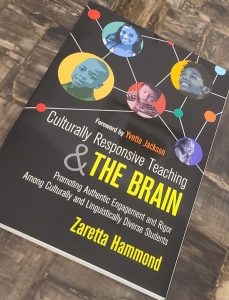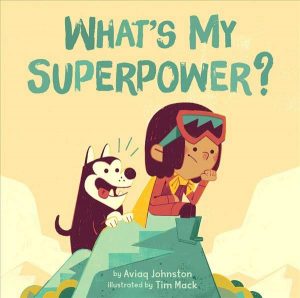Creating long-range plans can be a complex but essential part of effective teaching. I find when I write long range plans using these steps, it makes my year flow much easier and helps me feel organized daily.
1.Understand the curriculum:
- Read and understand the curriculum documents for your subject and grade level.
- Identify the key expectations, big ideas, and specific learning goals.
- Know the assessment and evaluation guidelines:
- Understand the assessment and evaluation strategies outlined in Growing Success.
- Integrate assessment for, as, and of learning in your planning.
- Set goals and timelines:
- Define what students need to know, understand, and be able to do by the end of the year.
- Break down the overall expectations into manageable units.
- Create a timeline for the entire year:
- Outline the entire school year, marking key events, holidays, and reporting periods.
- Allocate time for each unit, ensuring a balanced distribution of content.
- Plan the units:
- Organize content into units or themes that align with the curriculum.
- Ensure that each unit builds on the previous one and prepares students for the next.
- Integrate with as many other subjects as you can:
- Look for opportunities to connect your subject with other subjects.
- Plan activities that incorporate literacy, numeracy, and critical thinking skills.
- Diverse instructional strategies:
- Plan a variety of instructional strategies to meet the diverse needs of your students.
- Include whole-class instruction, small group work, independent activities, and hands-on learning.
- Use a variety of inclusive resources
- Identify and gather resources that will support your teaching.
- Plan for the use of technology, textbooks, library resources, and community connections.
- Make sure these resources represent students from all lived experiences
- Plan assessments:
- Develop assessment tools that align with the learning goals and objectives.
- Include formative assessments to monitor progress and summative assessments to evaluate learning.
- Review and reflect:
- At the end of the year, review your long-range plan to evaluate what worked well and what needs improvement.
- Use this reflection to inform your planning for the following year.
Doing all these steps will help you but also, make sure to be flexible and remember that some groups of students can take longer to grasp subjects/move quicker so your plans may not follow the exact timeline you create for them. Also, you may want to do this with your teaching team if you team- teach or work closely with another person. That way, you can incorporate each other’s ideas into the long range plans. By following these tips, I always feel so relaxed at the beginning of the year and it helps as well with preparation for Teacher Performance Appraisals (TPAs) as well as if you have a student teacher – you can show them where you are at when they arrive.
Hope these tips help you with your planning!
For ETFO’s Tips and Advice on preparing for TPAs check out this podcast and website.




